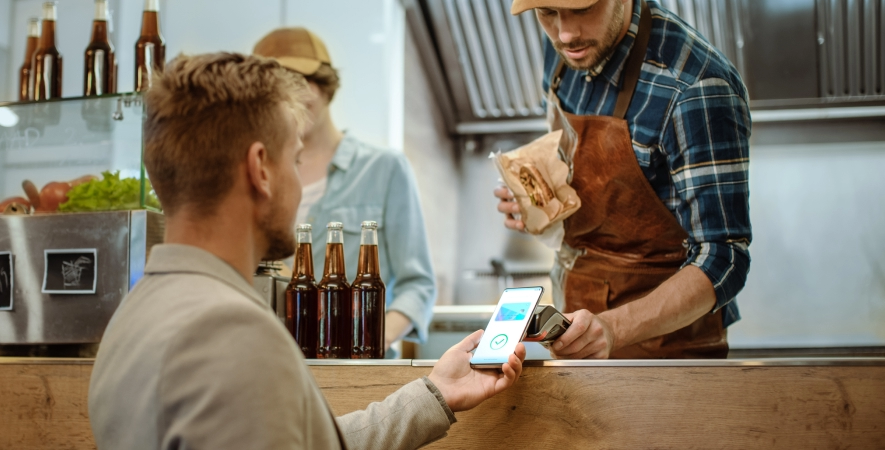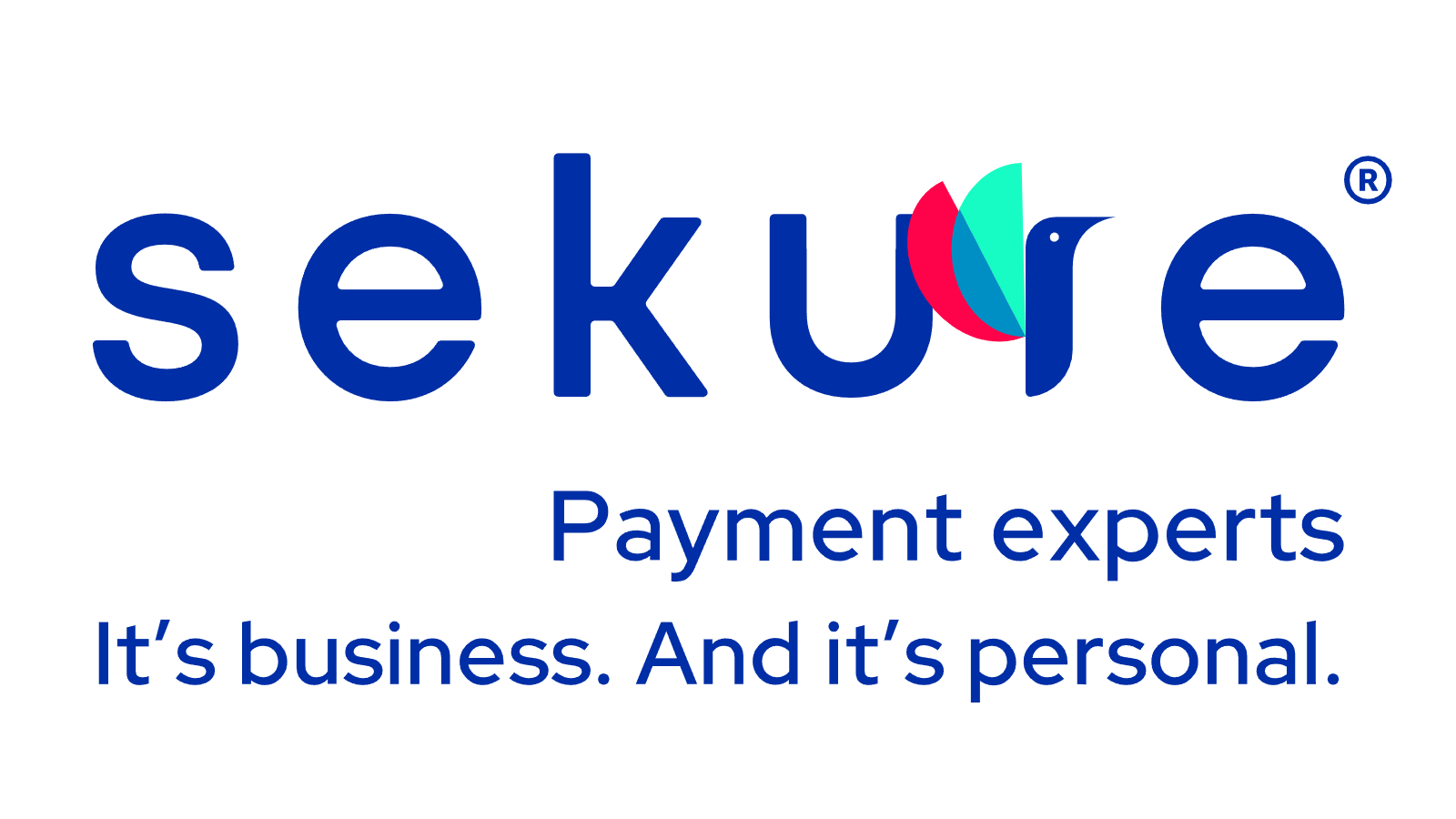The ability to accept contactless payments will become increasingly essential for the success of small and medium-sized businesses (SMBs) in the future. With the advent of the Covid-19 pandemic and other health scares, consumers are becoming much more appreciative of payment methods that don’t require an exchange of physical items (such as cards or cash) or contact with a device (such as a touchscreen or touchpad) that’s used by the general public.
Very simply, such items and devices may be sources of germs, bacteria, and viruses that can present a health risk. Contactless payments negate these risks by eliminating the need for physical contact in any transaction. For this and other reasons outlined below, it’s highly likely this method of payment will account for a growing share of sales transactions going forward.
Near-field communications (NFC)
Near-field communication (NFC) is a technology that enables a variety of contactless payment methods to function, such as debit and credit cards that don’t need a physical touch to complete a payment. Smartphones equipped with Apple Pay, Google Pay, and Samsung Pay digital wallets are additional examples of NFC-enabled payment devices.
With the use of NFC technology, two devices can exchange data when they’re still relatively close to each other — for instance, a smartphone and a point-of-sale (POS) payment terminal. Thanks to NFC, two individuals can exchange money using just their smartphones or other smart devices. NFC has a long history of service in electronic door locks and key cards, including those used in hotels. The United Kingdom is one country where NFC-equipped gadgets are in widespread use. Globally, this technology has only gained in popularity in recent years.
Radio-frequency identification (RFID) is another technology that’s been used for some time in a wide range of contexts, such as in the scanning of inventories and commodities. While NFC makes use of RFID, the operational range of NFC is much less than that of most RFID systems. While NFC requires an item to be within a few inches of a scanner, many RFID variants can pick up signals from hundreds of feet away. Nevertheless, contactless payments are made possible with NFC, since it’s a wireless technology.
Consumers can use an item or device embedded with NFC to make a payment by simply bringing it within range of a payment terminal. In this way, consumers can make purchases without disclosing any of their financial details. After the terminal’s built-in NFC scanner verifies the item’s or device’s identity, it transmits data that’s been encrypted, allowing the payment to be processed. This encryption is applied dynamically to protect the integrity of the data exchange.
Because near-field communication scanners are widely utilized, customers can use their smartphones with third-party payment services like Apple Pay, Google Pay, and Samsung Pay to make purchases. Furthermore, the majority of currently issued credit and debit cards integrate the ability to make payments using NFC.
From a merchant’s perspective, there are a number of advantages to allowing consumers to utilize NFC for the purpose of making payments, including:
- High security: When a mobile payment app is enabled with NFC technology, the user’s financial data is encrypted and tokenized before being sent to the payment processing firm, providing an extremely high degree of security. When making a purchase using an NFC card, a customer doesn’t need to enter a personal identification number (PIN). Because of this, it’s impossible for criminals and fraudsters to gain access to a customer’s account by using information they’ve stolen.
- Fast checkout speeds: Is there a good reason why people need to wait longer to make purchases at a checkout register? Contactless payment technologies, such as those associated with digital wallet apps, are much faster than traditional methods of payment, like cash and old-fashioned credit cards. NFC-enabled cards and smartphones have far faster processing speeds, so customers only need to hold them in front of a scanner for a few seconds. Compared to NFC payments, old-fashioned credit or debit cards are far less convenient and a hassle to use
- Greater convenience: Practically everyone these days uses a smartphone, which most people carry with them at all times. Consumers prefer using their phones as a payment method over traditional credit cards, since they save time. The lines consumers need to wait in have been shortened, and as a result, the irritation these consumers feel while waiting has been mitigated. Consumers can now use their mobile devices to pay for items as an alternative to digging their cash or cards out of their pockets and purses
- Low installation cost: To accept contactless payments, a company needs to equip its POS terminals and other devices with NFC technology. Although this is an upfront cost, it’s usually quite minimal; NFC scanners are typically inexpensive, costing anywhere from under $50 to several hundred dollars
After investing in an NFC scanner or terminal and getting it up and running, a business may also need to pay merchant processing fees for each transaction. These fees are comparable to those incurred when businesses use credit cards payment services or accept online payments made using other technologies. They typically amount to between 1.5% and 3.5% of each transaction’s value.
NFC payments can be advantageous for small and medium-sized businesses (SMBs) across all industries, from retail to hospitality to service providers. Brick-and-mortar stores can accept fast, contactless payments at their registers by setting up POS payment terminals that are equipped with NFC scanners. These terminals are intended for fixed physical establishments. Meanwhile, food trucks and other mobile businesses can opt for mobile NFC payments using mobile NFC scanners that are smaller and lighter in weight, making it easy to transport them from one location to another.
In recent years, there’s been a significant increase in the popularity of cashless POS systems because they don’t require direct physical contact between a buyer and a seller. This was especially evident during the recent coronavirus pandemic. The number of Americans using mobile devices to make in-person payments rose from 92.3 million in 2020 to 101.2 million in 2021, according to a study by eMarketer. Additionally, according to this report, more than half of all smartphone users will have made a purchase using NFC by the year 2025. In fact, given these numbers, it’s quite possible that NFC-equipped payment terminals will eventually become standard for retail businesses, just as terminals that read magnetic stripes have today.

Tap, pay, and done: the exponential growth of NFC payments
Many customers become irritated if they have to wait too long to pay for their purchases at a checkout register. If so, this could be a serious issue for the business. With NFC-enabled payments, purchases can instead be finalized in a flash. NFC payments made in person are often processed 10 times faster than those made using traditional methods of payment. Compare these processing times:
NFC payments: 1-5 seconds
Credit cards: 15-30 seconds
Cash: 25-45 seconds
It’s important that SMBs in all industries have access to fast, safe, and simple payment options. NFC payments, sometimes simply referred to as “contactless payments” or “proximity payments,” provide higher levels of security than traditional payment systems. With NFC payment options, your customers’ payment preferences will be prioritized, and their convenience will increase.
To recap, the major advantages of NFC are:
- Security: With NFC payments, clients’ banking details are tokenized and encrypted with an algorithm to protect against fraudulent transactions. Because of this, customers making NFC payments don’t need to enter a PIN when they make purchases
- Convenience: In the U.S., some 41% of Americans never use cash for any of their weekly payments or expenses. This means that these transactions are conducted without the use of physical currency
- Freedom of payment: Roughly 40% of consumers use digital wallets, while 37% utilize contactless payment solutions
In the battle between traditional forms of payment and advanced digital payment technologies, which will come out on top? Data shows that:
- In the U.S. alone, consumers currently use more than one billion digital wallets to store and spend their money
- Some 43.9 million of these wallets are connected to Apple Pay
- Over 25 million active users of Google Pay regularly use the service to make in-store and online purchases
- At least 16.3 million people opt to use Samsung Pay for their transactions
Join the future of financial transactions with NFC
The emerging technology of NFC is responsible for the recent increase in the number of people making contactless mobile payments in the United States. More than half of all smartphone users are expected to have made a purchase via NFC by 2025. This estimate is based on current events as well as an in-depth analysis of digital payment trends for SMBs. Sekure Payment Experts will help you get set up to take NFC payments quickly, so you can be part of the next payment revolution. Get in touch with us at (866) 710-7382, email info@sekuremerchants.com, or visit our website at www.sekuremerchants.com.
Categories

